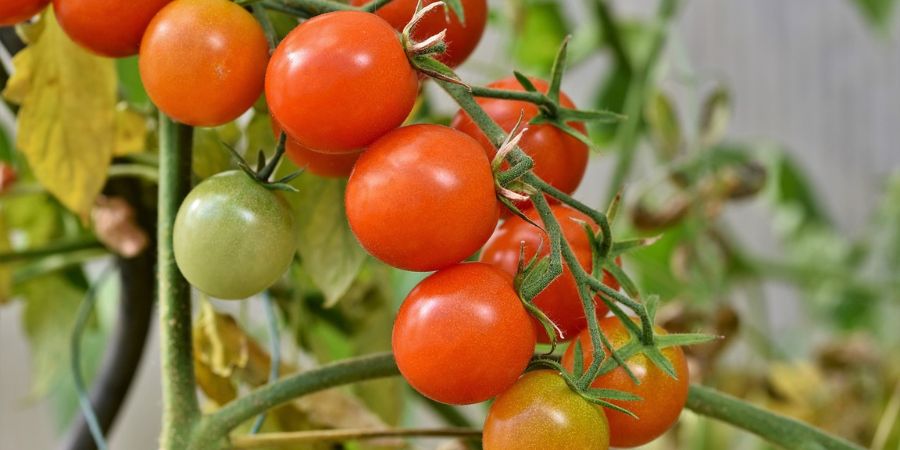Tomatoes are a staple in many gardens, but they’re not immune to pesky ailments that can thwart your harvest dreams. Fear not, though! We’re here to equip you with the knowledge to identify, combat, and prevent these common tomato plant diseases, ensuring your garden stays lush and bountiful all season long.
Early Blight: The Dark Spots of Distress
Early blight, caused by the fungus Alternaria solani, is a prevalent tomato ailment recognizable by the dark spots it creates on leaves, stems, and fruits. Combat this menace by:
Pruning and Airflow: Trim lower leaves to increase airflow, reducing moisture buildup.
Mulching: Apply mulch to prevent soil splash onto leaves, hindering fungal spread.
Copper-Based Fungicides: Treat affected plants with copper-based fungicides early in the season for prevention.
Late Blight: The Wilted Woes
Late blight, infamous for its role in the Irish potato famine, can also wreak havoc on tomato plants. Look out for water-soaked lesions on leaves and stems. Counteract late blight with:
Proper Watering: Water at the base of plants in the morning to allow foliage to dry before nightfall.
Fungicidal Sprays: Apply fungicidal sprays containing chlorothalonil or mancozeb preventatively, especially during damp weather.
Crop Rotation: Rotate tomato plants with non-related crops annually to disrupt disease cycles.
Visit Applewood Nursery & Landscape Supply, Your One-Stop Landscape Shop!
Septoria Leaf Spot: The Dot Dilemma
Septoria leaf spot, caused by the fungus Septoria lycopersici, manifests as small, dark spots with light centers on lower leaves, eventually spreading upwards. Combat septoria leaf spot by:
Pruning and Sanitizing: Remove and dispose of infected leaves to prevent further spread.
Drip Irrigation: Water at the base of plants to avoid wetting foliage.
Fungicidal Treatments: Apply fungicides containing chlorothalonil or copper hydroxide every 7-10 days during humid weather.
Fusarium and Verticillium Wilt: The Wilting Villains
Fusarium and verticillium wilts are soil-borne diseases that cause wilting, yellowing, and stunted growth. These pathogens are challenging to manage but can be mitigated by:
Resistant Varieties: Plant resistant tomato cultivars labeled with “F” (for Fusarium) or “V” (for Verticillium).
Soil Solarization: Heat soil by covering with clear plastic to kill wilt-causing pathogens before planting.
Good Garden Hygiene: Avoid working in wet soil to prevent soil-borne disease spread.
Armed with the knowledge of common tomato plant diseases and their prevention strategies, you’re well-equipped to defend your garden against these troublesome adversaries. Remember, vigilance, proper care, and timely interventions are your allies in maintaining healthy tomato plants. Happy gardening, and may your harvests be plentiful and disease-free!
Visit Applewood Nursery & Landscape Supply, Your One-Stop Landscape Shop!

